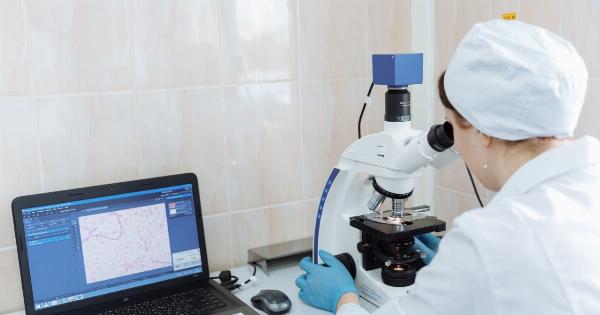When it comes to relationships, happiness is a crucial component.
While it may seem challenging to measure and quantify as it involves emotions and subjective experiences, researchers have discovered an interesting connection between relationship happiness and reflex tests. Reflex tests, which measure the body’s automatic response to certain stimuli, have shown promise in assessing relationship satisfaction.
In this article, we will explore the concept of assessing relationship happiness through reflex tests, the research behind it, and its potential implications.
Understanding the Relationship Reflex
Reflexes are automatic responses by our bodies to certain stimuli. They occur without conscious thought and are usually quick in nature. The reflex arc involves a sensory receptor, a sensory neuron, a motor neuron, and an effector.
When a stimulus is detected, the sensory receptor sends a signal through the sensory neuron to the spinal cord. The spinal cord then processes the signal and sends a response through the motor neuron to the effector, which carries out the reflex action.
Research has shown that there is a direct connection between our emotional state and our reflexes. Positive emotions tend to promote quicker reflex responses, while negative emotions can slow them down.
This connection led researchers to hypothesize that reflex tests could be a potential measure of relationship happiness.
The Reflex Test and Relationship Happiness
To assess the connection between reflex tests and relationship happiness, researchers conducted a study involving couples in different stages of their relationship.
The couples were asked to participate in a reflex test while simultaneously answering questions about their relationship satisfaction. The reflex test involved a simple task of pressing a button in response to a stimulus.
Results from the study showed a significant correlation between faster reflex responses and higher relationship satisfaction. Couples who reported being happier in their relationships tended to have quicker reflex responses during the test.
On the other hand, couples who reported lower relationship satisfaction displayed slower reflex responses.
This finding suggests that reflex tests can provide an objective measure of relationship happiness, potentially offering insights into the quality of a relationship.
It is important to note that this research is still in its early stages, and further studies are needed to validate and establish the reliability of the reflex test as a measure of relationship happiness.
Implications and Future Research
The potential implications of using reflex tests to assess relationship happiness are significant. Traditional methods of measuring relationship satisfaction, such as self-report questionnaires, are subjective and open to biases.
Reflex tests offer a more objective and physiological measure, allowing researchers to gain a deeper understanding of the dynamics of relationships.
Furthermore, reflex tests could be used as a tool for relationship counseling and therapy. By objectively measuring relationship happiness, therapists can identify areas of concern and tailor interventions to improve overall satisfaction.
Couples can also benefit from gaining insights into their relationship dynamics and working towards positive change.
While this research is promising, there are still several avenues for future exploration. Researchers can investigate whether reflex tests can predict long-term relationship outcomes or if they have cultural variations.
Additionally, further studies can explore the impact of specific relationship factors, such as communication or conflict resolution, on reflex responses.
Conclusion
Assessing relationship happiness through reflex tests offers an exciting new approach to understanding and measuring the quality of relationships.
The connection between reflexes and emotions provides a unique perspective on the dynamics of relationships. While more research is needed to solidify and expand upon these findings, reflex tests show great potential as an objective measure of relationship satisfaction.





























